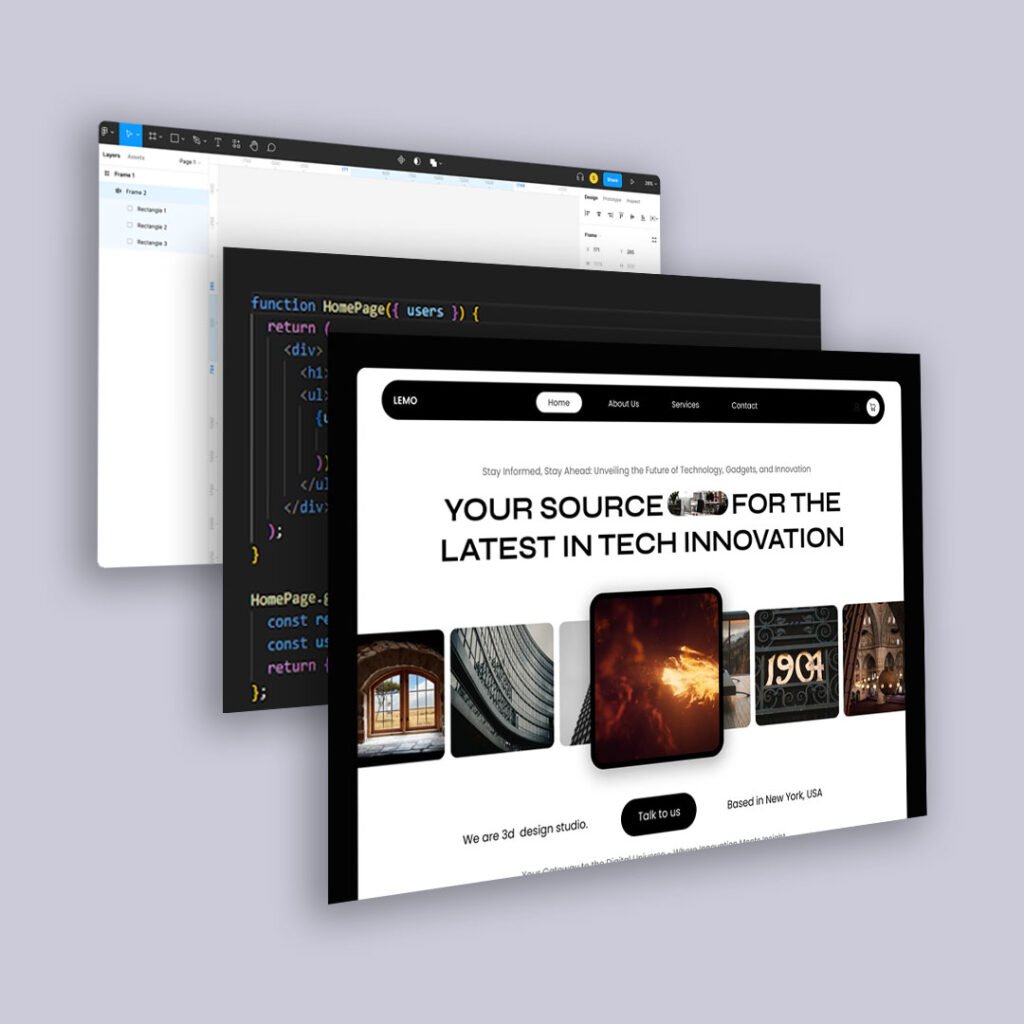We’ve passed the tipping point. AI-powered automation is no longer a future trend—it’s a present-day expectation. From email workflows and content generation to customer service and ad optimization, automation is reshaping how brands operate. While the technology continues to evolve rapidly, the more important question for most businesses isn’t what’s possible—it’s what’s practical.
Should your brand be using AI automation? In most cases, yes.
The real power, however, lies not in automating everything indiscriminately, but in knowing what to automate, why it matters, and when it adds value.
Why AI Automation Is (Still) Misunderstood
AI-powered automation is frequently perceived as cold, impersonal, or even a threat to creativity. Many envision chatbots replacing real conversations, or content being churned out by algorithms with no voice or soul. While these fears are not unfounded, they often miss the broader opportunity.
Automation isn’t about removing the human element—it’s about removing unnecessary friction. By automating routine tasks, businesses create more space for their teams to focus on higher-value work. That includes building relationships, developing ideas, and responding with nuance and empathy—the very things AI can’t do (at least not yet).
In short, the goal is not to do more with fewer people. It’s to do better with the people you have.
What AI Automation Actually Looks Like
At its core, AI-powered automation refers to the use of intelligent systems to perform tasks that would otherwise require manual effort. These tasks can range from simple to highly complex and often involve some level of adaptation or decision-making.
For example:
- Marketing teams can use AI to create adaptive email sequences that respond to how users engage with content in real time.
- Customer service can be streamlined with chatbots that answer common questions while escalating more nuanced issues to human agents.
- Content marketers can leverage AI to test variations of subject lines or call-to-action buttons, optimizing performance without spending hours in spreadsheets.
- Sales teams can benefit from automated lead scoring, where AI evaluates behavioral signals to prioritize the most qualified prospects.
In each of these cases, automation isn’t eliminating roles—it’s enhancing them.
Where to Begin with AI Automation
If you’re exploring AI automation for the first time—or reevaluating how it’s currently used in your organization—there are a few foundational principles worth following.
Start with Repetition
Begin by identifying tasks that are repetitive, rule-based, and time-consuming. These are often the most straightforward to automate and offer quick wins. Examples might include onboarding email sequences, meeting reminders, or performance reports. Automating these doesn’t just save time; it also ensures consistency in execution.
Focus on Timeliness
AI shines in environments where speed is critical. If a task or message is time-sensitive, automation can help you respond in the moment—whether it’s serving up personalized website content, triggering support workflows, or adjusting media budgets based on real-time performance. In these cases, AI isn’t just making things easier—it’s making them possible.
Use AI to Support, Not Replace, Judgment
Perhaps most importantly, AI should enhance decision-making, not override it. The best tools are those that surface insights, flag anomalies, or make intelligent suggestions—while still allowing room for human discretion. The moment you hand over judgment entirely is the moment you risk losing connection with your customers.
Mistakes to Avoid
AI automation is powerful, but it’s not foolproof. Common missteps include automating broken processes, prioritizing scale over user experience, or deploying tools you don’t fully understand.
Before automating a workflow, take time to evaluate whether it actually works as intended. Otherwise, you risk scaling inefficiency or miscommunication. Be especially mindful of the customer experience. Automation should feel seamless—not robotic or rushed. If users can tell they’re interacting with a machine, you’ve likely gone too far.
Finally, stay engaged. Treat AI systems as collaborators, not black boxes. Understand how decisions are being made, and retain the ability to adjust when necessary. Transparency is not just ethical—it’s strategic.
A Behavioral Science Lens
From a behavioral perspective, automation can play a crucial role in reducing cognitive load—for both your team and your customers. When routine decisions and repetitive tasks are handled by intelligent systems, it frees people up to focus on meaningful work.
This also improves experience quality. Customers are more likely to engage with brands that respond quickly, remember their preferences, and reduce friction along the way. That kind of responsiveness isn’t always possible with manual processes alone. AI helps fill the gaps so human creativity and care can take center stage.
Final Thought: Automation Should Protect the Human Element
AI-powered automation isn’t a strategy in and of itself—it’s a tool. And like any tool, its value depends on how thoughtfully it’s used.
Rather than replacing people, automation should empower them. It should remove repetitive tasks, sharpen focus, and allow your brand to move with greater agility and intelligence. When done well, it doesn’t erode your humanity—it safeguards it.
So yes, your brand should almost certainly be using AI automation. But only in service of what makes your business uniquely valuable: the human insight, empathy, and creativity that no algorithm can replicate.





